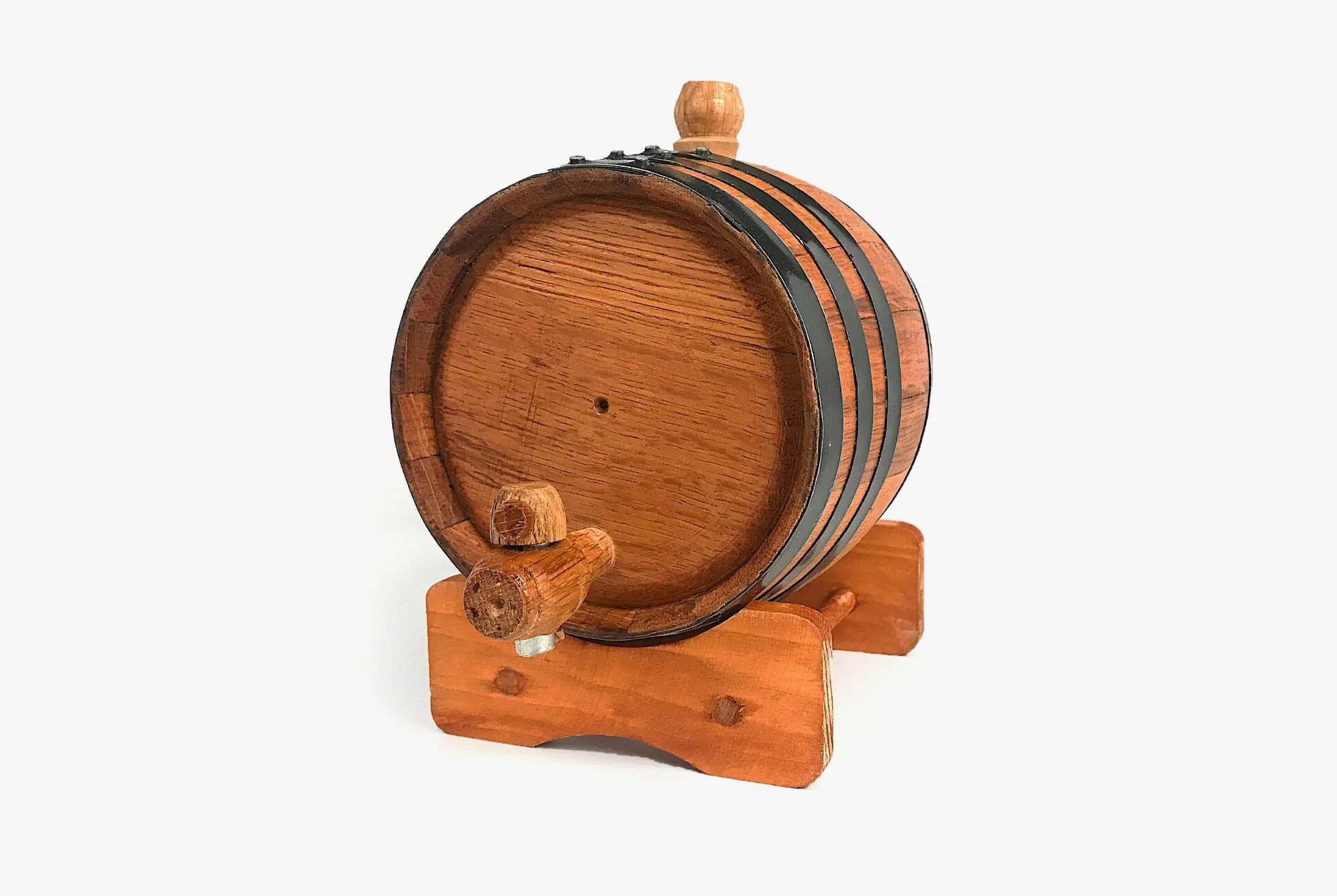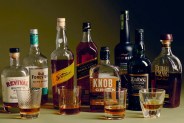Colin Blake was hesitant. “They can be fun,” Moonshine University’s Director of Spirits Education said, taking a short pause to collect his thoughts on the popular mini whiskey-aging barrel. “The end result definitely won’t be a masterpiece.”
Blake, who spends his days teaching crash courses on how to run a distillery, doesn’t want to step on any toes. Ranging from $30 to $100, the home whiskey-aging barrel is a hugely popular gift around Father’s Day, Christmas and wedding season.
The idea behind one is simple: you fill it with the whiskey of your choosing and it ages far faster than it would in industry-standard barrels. According to Blake, there’s nothing wrong with a little experimentation, however far from the real thing it may be, but he thinks you should temper your expectations. I’ll take a harder line: do not buy mini-whiskey-aging barrels for your friends, family and especially not your groomsmen.
The science behind them sounds simple — the smaller the barrel, the greater the whiskey-to-wood surface area, the more barrel characteristic flavor imbued in the whiskey. But, as Blake explains, there’s a difference between emulating age and reaching whiskey maturity.
“Three changes occur once that whiskey hits the barrel and goes off to rest — subtractive change, interactive change and additive change — and shrinking the barrel size is only going to affect one of them,” he says.
Subtractive change occurs when whiskey soaks into the char on the interior of the barrel and has larger, heavier molecules pulled out — a kind of carbon filtration. Interactive change is the result of the oxygen in the barrel slowly bonding and catalyzing reactions inside the whiskey (Blake says it’s the process that demands whiskey be aged six to eight years for peak maturity). Additive, the one factor mini-barrels are able to manipulate, is the barrel releasing wood sugars, tannins and vanillin into the whiskey.
“Without the other two, it’s going to be sweet, very heavy on vanilla and extremely … mouth-drying,” Blake said.

